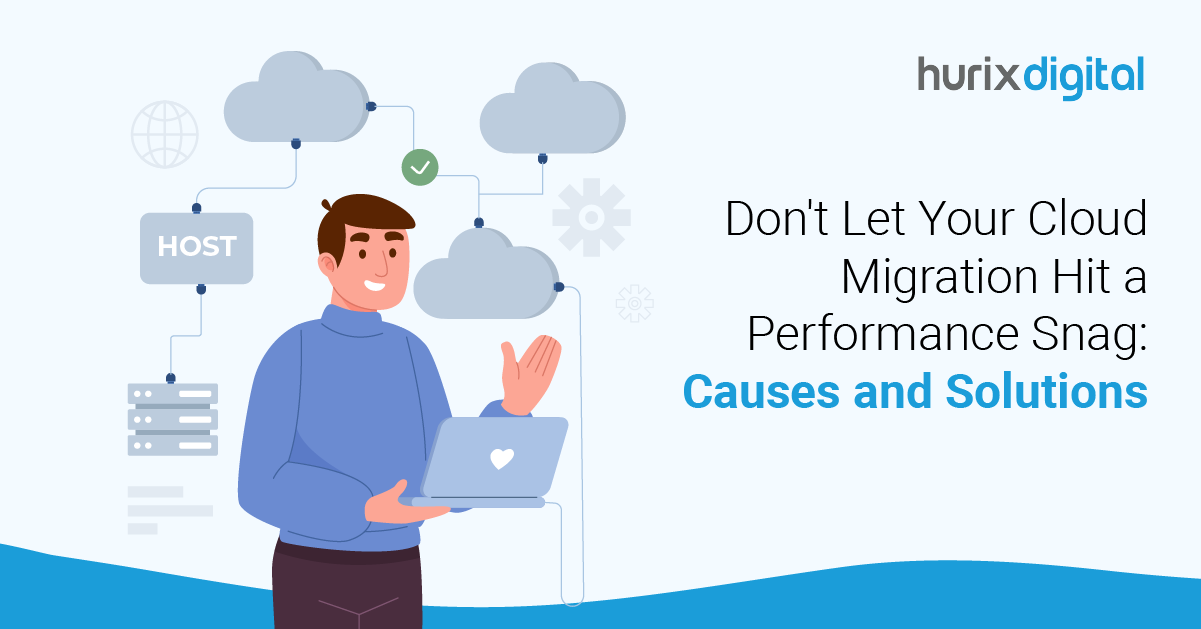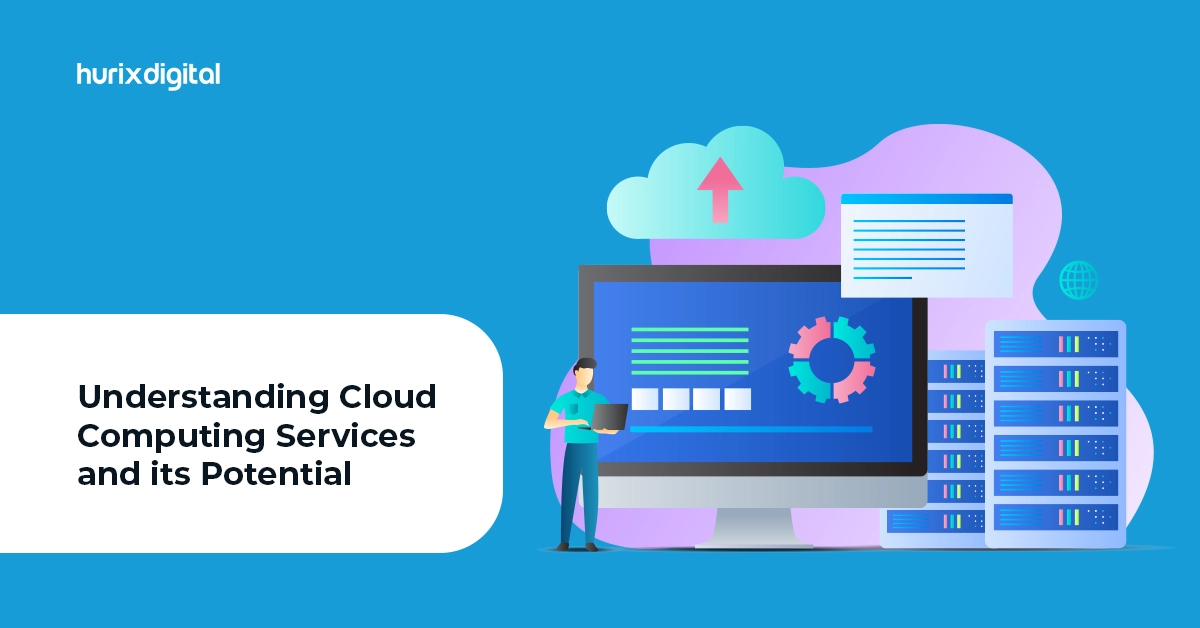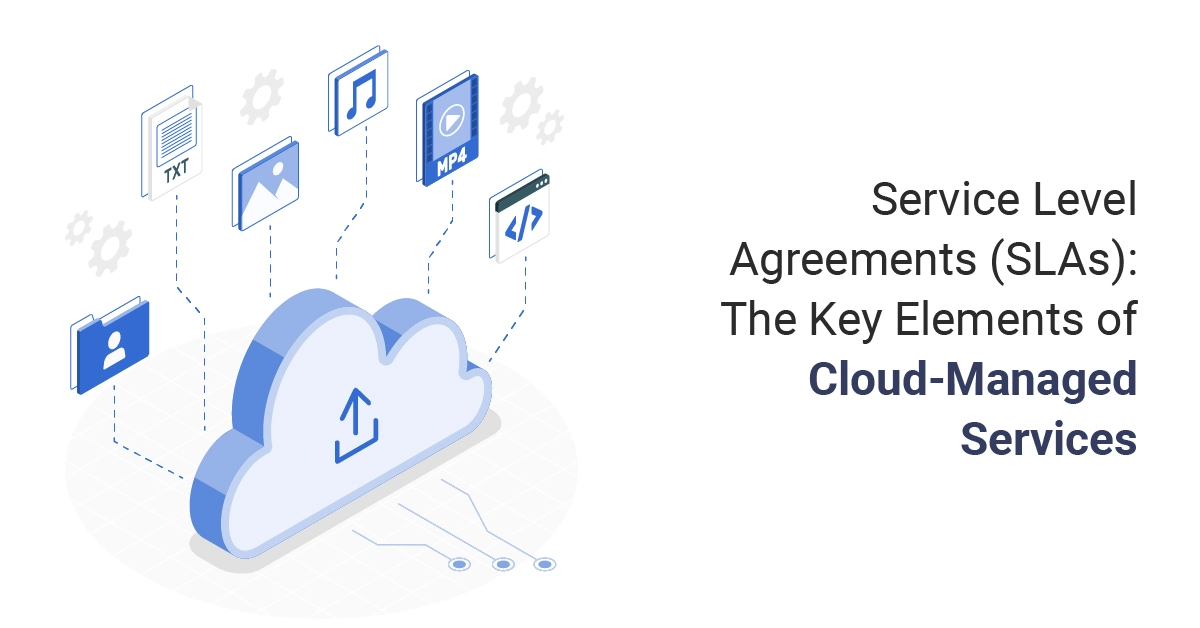
Don’t Let Your Cloud Migration Hit a Performance Snag: Causes and Solutions
Summarize with:
Cloud migration promises endless potential—agility, scalability, and cost-effectiveness. According to Forbes, around one-third of all cloud migrations fail outright, showing that many companies run into migration issues.
While cloud support has superior capabilities, certain factors can cause applications to run slower or become less responsive after the move. These performance hiccups can range from subtle slowdowns to outright application failures, undermining the very benefits the cloud promises.
This blog explores the common causes of performance decline, which leads to cloud migration problems. We will also equip you with effective solutions to optimize your cloud environment and ensure a seamless transition.
Table of Contents:
- Common Causes of Cloud Migration Problems
- Misunderstood Workload Requirements
- Network Bottlenecks
- Insufficient Resource Provisioning
- Improper Cloud Configuration
- Bottlenecks of Legacy Applications
- Poor Cloud Architecture Design
- Storage Performance
- Database Optimization Challenges
- Security Measures Impact
- Insufficient Monitoring and Optimization
- Performance Optimization: Your Cloud Migration Problems Playbook
- Workload Assessment
- Network Optimization Strategies
- Right-size Cloud Resources
- Best Practices for Cloud-Native Configuration
- Modernization of Legacy Applications
- Implementation of a Performance Monitoring Tool
- Database Optimization
- Caching Implementation
- Continuous Performance Testing
- Cost Optimization
- Conclusion
Common Causes of Cloud Migration Problems
The cloud migration wave continues to sweep across industries, promising enhanced scalability, agility, and cost savings. Around 45% of cloud migrations fail to deliver expected outcomes, showing how the journey to a smooth cloud transition isn’t always smooth sailing.
One of the most concerning challenges for companies is experiencing cloud migration problems. While the cloud offers tremendous potential, unexpected performance dips can disrupt operations and hinder the intended benefits.
Understanding the potential pitfalls is crucial for a successful cloud migration. Here are some key reasons why performance might suffer after the move:
1. Misunderstood Workload Requirements
Failing to assess application resource needs accurately can lead to under-provisioning in the cloud, which means insufficient resources for smooth operation.
2. Network Bottlenecks
Data transfer from on-premises to the cloud and vice versa may become a bottleneck in application performance and cause cloud migration problems.
3. Insufficient Resource Provisioning
Although the sufficiency of the resources provided to a cloud is the same as that of on-premise servers, that does not make it the most optimal solution. Cloud environments need a different way of provisioning resources for successful work.
Also Read: Service Level Agreements (SLAs): The Key Elements of Cloud-Managed Services
4. Improper Cloud Configuration
Inexperience with cloud-specific configurations can lead to inefficiencies and impede performance; thus, optimizing cloud platform settings is essential.
5. Bottlenecks of Legacy Applications
Many legacy applications cannot leverage the power of the cloud if they are lifted as is and dumped into the cloud. Their on-premise-designed applications do not run optimally in the cloud.
6. Poor Cloud Architecture Design
Cloud infrastructure that is not customized according to the company’s needs can prove to be futile. Designs cannot utilize some of the underlying cloud-native features of a solution technology stack—features like autoscaling and load balancing to achieve performance scaling.
7. Storage Performance
Poor choices in storage or I/O bottlenecks may drastically reduce application response time. Selecting the right storage type and optimizing data access patterns are crucial.
8. Database Optimization Challenges
Database performance is critical for many applications. Database migrations can introduce performance issues if not carefully planned and executed.
9. Security Measures Impact
Implementing excessive cloud data security measures can sometimes lead to performance overhead. Striking a balance between security and performance is essential.
10. Insufficient Monitoring and Optimization
Lack of proactive performance monitoring can hinder the early detection of cloud migration problems. Continuous optimization based on real-time data is vital.
Performance Optimization: Your Cloud Migration Problems Playbook
Organizations must emphasize performance optimization to realize the platform’s full potential; moving to the cloud is just the first step. This entails analyzing your cloud environment in great detail, locating bottlenecks, and making calculated improvements. Let’s examine the main fixes for issues with cloud migration.
Don’t let cloud migration problems derail your cloud journey. Here are some actionable steps to ensure a smooth and optimized cloud migration:
1. Workload Assessment
More than just getting an idea of resource requirements, this involves deep analysis of the resource demand of all applications, including CPU, memory, and network bandwidth, to allocate resources properly in the cloud.
2. Network Optimization Strategies
Network connectivity options are considered, and dedicated cloud connections or SD-WAN can be implemented to reduce latency and data transfer bottlenecks.
3. Right-size Cloud Resources
Cloud platforms come with flexible scaling capabilities. Use this to provision resources according to real usage to avoid over-provisioning and extra costs.
4. Best Practices for Cloud-Native Configuration
Sync your cloud environment with features like auto-scaling and load balancing. Develop it to glide through the peaks and troughs of fluctuating workloads.
5. Modernization of Legacy Applications
Consider modernizing your legacy applications to leverage new cloud-native capabilities, like microservices or containerization, for improved performance and scale.
6. Implementation of a Performance Monitoring Tool
After an application is migrated, monitor application performance metrics very closely. Cloud monitoring dashboards might help recognize bottlenecks before they become detrimental to the end-users.
7. Database Optimization
Fine-tune database configurations, indexing, and query optimization to enhance performance. Consider cloud-native database services for optimal results.
8. Caching Implementation
Utilize caching mechanisms to reduce database load and improve application response times. Explore content delivery networks (CDNs) for content distribution.
9. Continuous Performance Testing
Conduct performance tests regularly to identify and address bottlenecks proactively. Incorporate load testing to assess system behavior under peak loads.
10. Cost Optimization
While optimizing performance, ensure it aligns with cost-efficiency goals. Right-sizing resources and leveraging cost-saving options are essential.
Check out EXCLUSIVE: Hurix Digital Seamlessly Stabilizes a Leading Utilities Provider’s IT Infrastructure and Services
Conclusion
Cloud migration can be successful if you recognize potential pitfalls and have proactive solutions. By focusing on best practices, such as workload assessment, network optimization, resource management, and native cloud configuration, you will give the cloud its best chance of success while ensuring optimal performance.
Hurix Digital provides end-to-end cloud migration solutions for the best performance. Our team will guide you through each process, from workload assessment to architecture design and implementation to monitoring after migration.
Contact us for a free consultation to ensure the smooth execution and success of your cloud migration journey.
Summarize with:

Vice President and Strategic Business Unit Head – Cloud Services
A top technology management voice on LinkedIn with 20 Years of experience in Information Technology, Cloud Services, Digital Transformation, Application Modernization, Managed Services, IT Security Engineering and Operations Management. An avid technology Leader, Leadership Speaker, Author & Coach.
 A Space for Thoughtful
A Space for Thoughtful 




